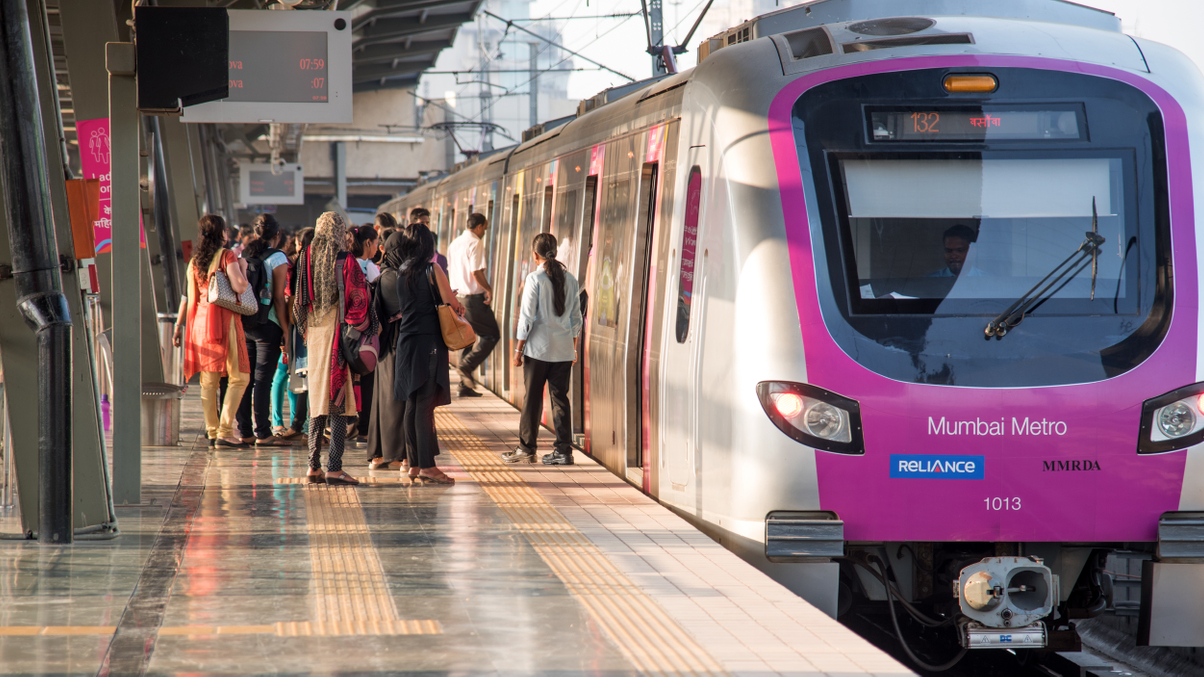India’s quasi SWF buys infra debt fund to draw in others
By buying a private debt fund that helps to refinance operational projects, NIIF aims to boost the global appeal of India's infrastructure sector.

India’s National Investment and Infrastructure Fund (NIIF) has made a strategic acquisition in a move that aims to boost the role of private debt funding in the country's infrastructure sector.
Sign In to Your Account
Access Exclusive AsianInvestor Content!
Please sign in to your subscription to unlock full access to our premium AI resources.
Free Registration & 7-Day Trial
Register now to enjoy a 7-day free trial—no registration fees required. Click the link to get started.
Note: This free trial is a one-time offer.
¬ Haymarket Media Limited. All rights reserved.


